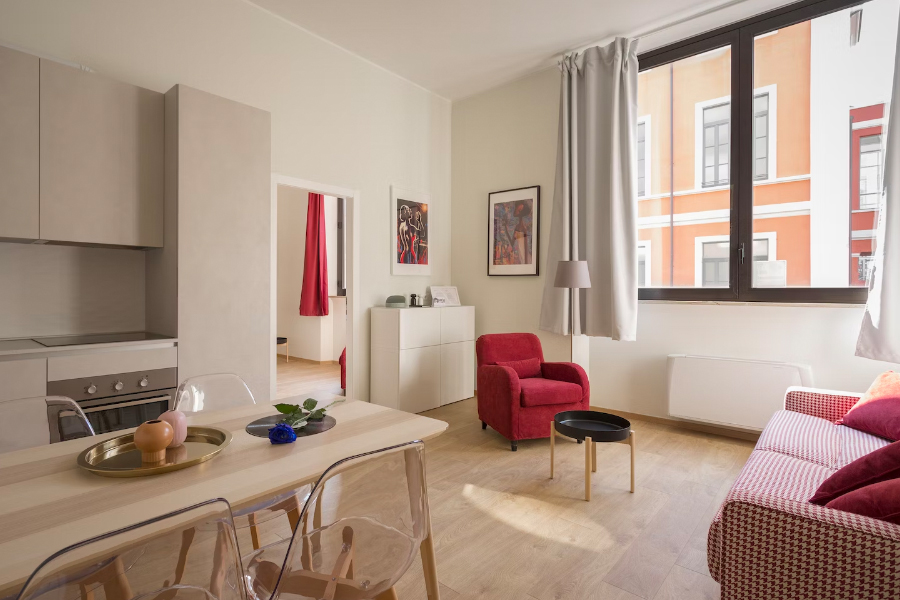
Incorporating Minimalism in Home Design
Incorporating minimalism in home design has become increasingly popular as people strive for a more clutter-free, stress-free living environment. This article delves into the concept of minimalism, its principles, and how to effectively incorporate it into your home design for a more harmonious and intentional living space.
What is Minimalism?
Minimalism is a design philosophy that focuses on simplicity and functionality, with the goal of reducing clutter and distractions. In the context of home design, minimalism refers to creating spaces that are visually appealing, functional, and easy to maintain. The minimalist approach emphasizes the use of fewer, high-quality items and clean lines, resulting in a timeless and tranquil atmosphere.
Why Choose Minimalism for Your Home?
The Benefits of Minimalism
Minimalism offers a number of benefits, both aesthetically and practically. Some of these include:
1. Clutter Reduction:
A minimalist home is free from unnecessary items, making it easier to clean, organize, and maintain.
2. Cost Savings:
By focusing on quality over quantity, minimalism can lead to cost savings in the long run.
3. Aesthetics:
Minimalist design is visually appealing, with clean lines and a serene atmosphere.
4. Focus on Functionality:
Minimalist design prioritizes functionality, ensuring that every item in your home serves a purpose.
5. Stress Reduction:
A clutter-free environment can lead to reduced stress and increased mental clarity.
How to Incorporate Minimalism in Home Design
Start with a Clean Slate
Before you can effectively incorporate minimalism in your home, it’s important to start with a clean slate. This means decluttering your living spaces and removing any unnecessary items. To begin, sort through your belongings and determine what is truly essential. Then, donate, sell, or discard items that no longer serve a purpose.
Prioritize Quality Over Quantity
When selecting furniture and decor, prioritize quality over quantity. Invest in well-crafted, timeless pieces that will withstand the test of time, rather than filling your home with trendy items that may quickly become outdated.
Create Functional Spaces
Incorporating minimalism in home design means ensuring that each room serves a specific function. Avoid overcrowding spaces with unnecessary furniture and decor. Instead, focus on creating functional, open living areas that allow for easy movement and organization.
The Minimalist Color Palette
Choose a Neutral Base
A key element of minimalist design is the use of a neutral color palette. This creates a calming, cohesive atmosphere and allows for the focus to remain on the space’s functionality and purpose. Opt for shades of white, gray, beige, or taupe as your base color.
Add Pops of Color
While a minimalist color palette is primarily neutral, it doesn’t have to be entirely devoid of color. To add visual interest and personality to your space, incorporate pops of color through artwork, textiles, or accent pieces. Stick to one or two accent colors to maintain the minimalist aesthetic and ensure a harmonious, cohesive look.

Furniture and Decor Selection
Opt for Clean Lines and Simple Shapes
When selecting furniture for your minimalist home, choose pieces with clean lines and simple shapes. This will help to create a sense of harmony and balance in your space. Avoid overly ornate or fussy designs, as these can detract from the minimalist aesthetic.
Choose Multi-Functional Furniture
Incorporating multi-functional furniture in your home can help to maintain a clutter-free, minimalist environment. Look for items that serve multiple purposes, such as a coffee table with storage or a sofa that converts into a bed for guests.
Use Decor Sparingly
When it comes to decor, less is more in a minimalist home. Focus on selecting a few high-quality, meaningful pieces, rather than filling your space with knick-knacks and trinkets. This can help to create a more intentional and curated atmosphere.
Creating a Minimalist Space for Every Room
The Living Room
To create a minimalist living room, focus on providing comfortable seating options and a few well-chosen pieces of furniture, such as a coffee table and media console. Keep decor and accessories to a minimum, opting for a few statement pieces or artwork to add visual interest.
The Kitchen
A minimalist kitchen should be functional and clutter-free. Invest in high-quality appliances and keep countertops clear of unnecessary items. Use built-in storage solutions and choose sleek, streamlined cabinetry to maintain a clean and organized space.
The Bedroom
The bedroom should be a calming, restful sanctuary. Opt for a simple bed frame, neutral bedding, and minimal decor. Use built-in or streamlined storage solutions to keep clothing and personal items organized and out of sight.
The Bathroom
In a minimalist bathroom decor, prioritize functionality and storage. Choose simple, clean-lined fixtures and cabinetry, and utilize built-in or wall-mounted storage solutions to keep toiletries and personal items organized.
Final Thoughts
Incorporating minimalism in home decor tips can result in a clutter-free, visually appealing, and functional living space. By focusing on quality over quantity, selecting furniture and decor with clean lines, and creating functional spaces, you can successfully incorporate minimalism into your home and enjoy the many benefits it has to offer. Remember that minimalism is about intentionality and simplicity, allowing you to create a space that is both beautiful and functional, tailored to your needs and preferences.

